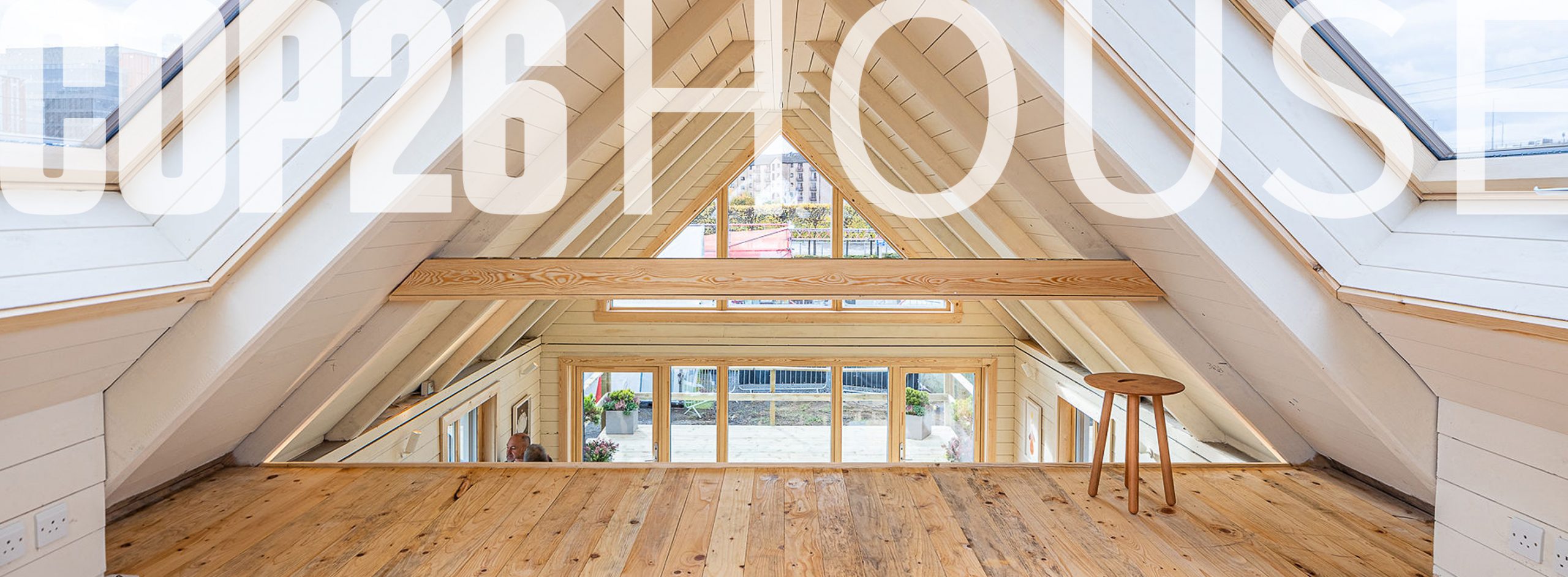“This purpose-built timber frame home is a great example of how we can start building greener right now”
Timber made no shortage of appearances at the UN’s COP26 Climate Change Conference. This won’t surprise regular readers of our blog, as we have made the case for timber’s green credentials on a number of occasions. However, one particular example of timber that caught our eye during the event was the COP26 House.
This building has been designed with the minimum possible environmental and social impact… and it has all been done using methods and materials that are available today. In other words, the COP26 House demonstrates that we can start building a greener future right now.
Built close to the Scottish Event Centre (where the COP26 is being held), timber is a vital element in the COP26 House. The timber in question is homegrown C16 Spruce, which provides a double benefit for the environment: the spruce itself is an environmentally friendly material, and buying British means cutting out a journey from overseas (and the carbon footprint such a journey includes).
The house has been created with “small scale, rural self-build developments in mind”. So, it’s easy to build and dismantle. But, in principle “the system can also be adapted to larger scale developments and offsite prefabrication.” That’s according to Beyond Zero Homes, who were instrumental in the home’s construction.
One of the key messages that the COP26 Home conveys is the importance of British timber. The UK is one of the world’s largest timber importers, as it has a significantly smaller proportion of forestland, relative to overall size, than many of its European neighbours. However, there is no clear reason for this: the country has plenty of available space for well-managed forests, and an undeniable need for them. Forests can help fight climate change, and they can help the UK meet its demand for timber.

